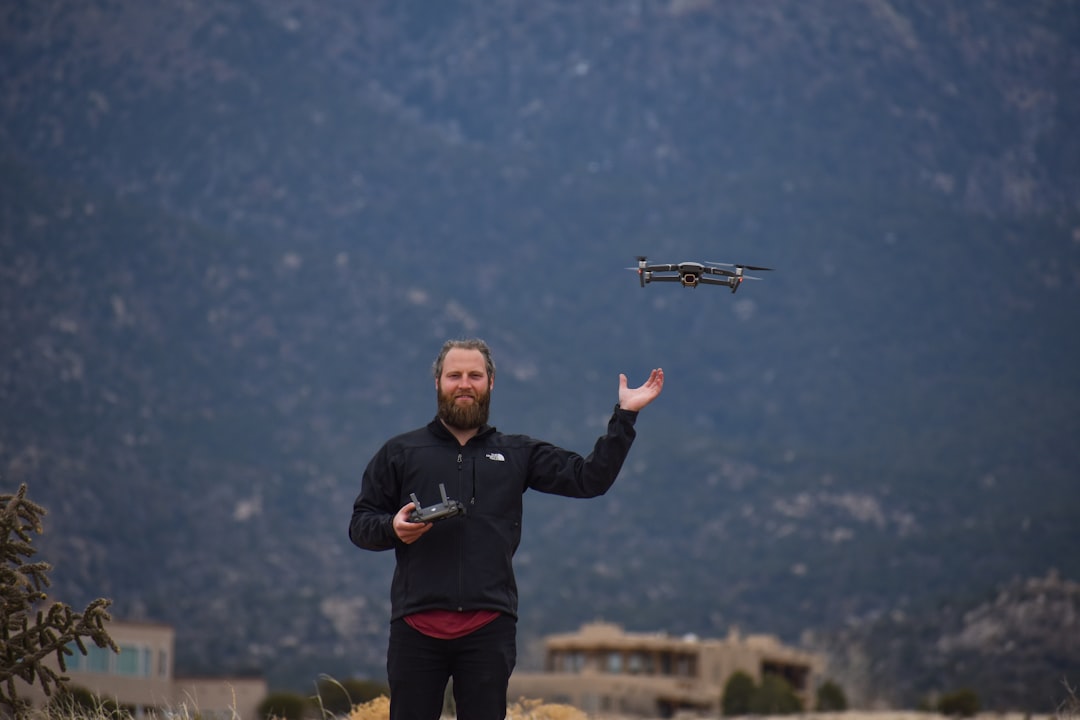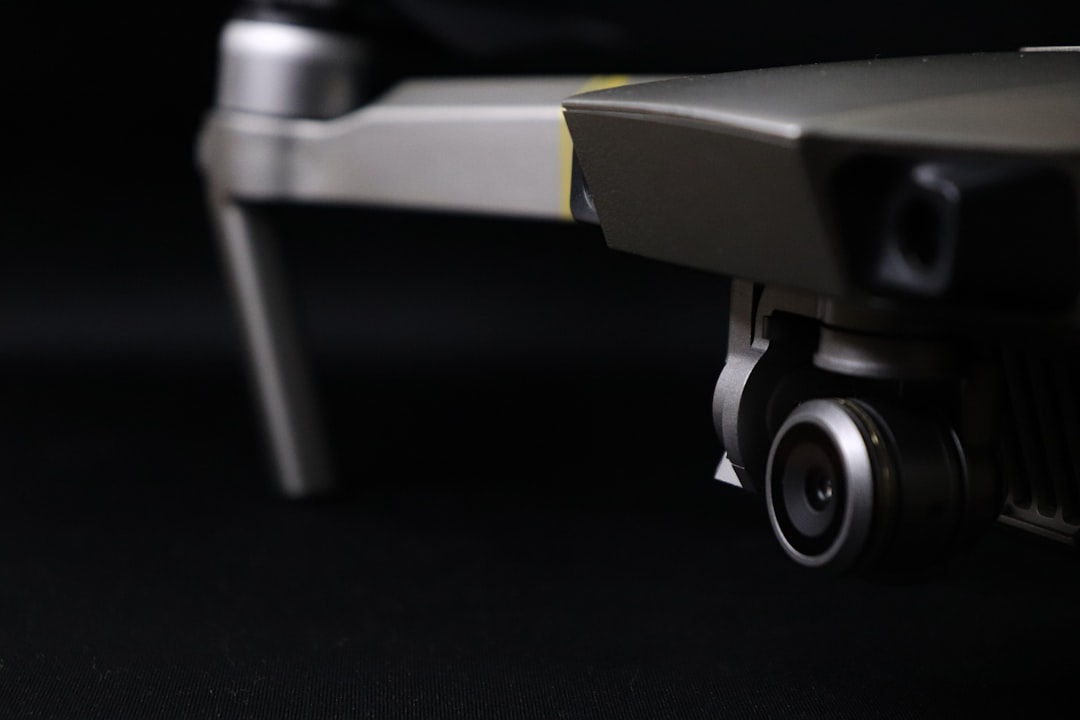In recent years, DJI has solidified its position as the global leader in the commercial and consumer drone market. With impressive technological advancements and a reputation for building high-quality unmanned aerial systems (UAS), DJI has become the go-to brand for hobbyists, professionals, and government agencies alike. However, with growing concerns around safety, regulatory compliance, and data security, DJI has begun implementing significant policy changes that every user should be aware of.
Understanding DJI’s Shift in Policy
DJI has recently introduced a number of revisions to its product usage policies, data management protocols, and firmware functions. These changes are not just limited to functionality—they represent a shift in the company’s core philosophy: from offering an open and versatile platform to progressively enforcing tighter operational restrictions, geo-awareness, and compliance with international laws.
1. Stricter Geofencing and No-Fly Zone Enforcement
One of the most notable changes is DJI’s updated approach to geofencing. The company has expanded its GEO System to include more robust real-time restrictions based on user location. DJI drones now often require real-time authorization to fly in or near restricted airspace, which includes areas near airports, prisons, power plants, or other critical infrastructures.
- Automatic Restrictions: DJI drones will now automatically refuse to take off or fly into regulated airspace without prior unlocking approval from DJI’s systems.
- Real-Time Updates: The geofencing database is updated more frequently, often syncing with regional aviation notices and temporary flight restrictions (TFRs).
- User Customization Reduced: Previously, users could somewhat customize the geofencing settings; options for bypassing restrictions are now notably limited.
This change reflects DJI’s cooperation with international aviation authorities, but it also places added responsibility on the user to navigate authorization procedures before completing a flight.

2. Account-Based Flight Authorization
Recent firmware updates now require most drone flights to be tied directly to a DJI user account. This means:
- Mandatory Login: Users must be logged into an authenticated DJI account for their drone to operate with full capabilities.
- Flight Data Sync: Data collected during flights — such as location logs, media files, and telemetry — may be automatically synced with DJI’s servers unless the user opts out.
- Increased Traceability: These changes aim to help authorities investigate flight incidents or misuse by providing clearer links between flight data and operator identity.
From a public safety and anti-terrorism perspective, DJI’s more rigorous authentication requirements are well-intentioned. However, privacy advocates have voiced concerns, particularly in regions where personal data protection laws are less stringent.
3. Remote ID Compliance
In line with new mandates from the Federal Aviation Administration (FAA) in the United States and regulatory bodies in Europe and Asia, DJI is focusing heavily on compliance with Remote ID standards.
Remote ID essentially acts like a digital license plate, allowing authorities to identify and monitor drones in flight. DJI has begun rolling out firmware and hardware updates to integrate native Remote ID capabilities across its latest product lines. For older models, external modules may soon be required.
Key implications for the user:
- Failing to comply results in limited use: Drones that do not broadcast Remote ID signals may face restrictions or deactivation in regulated airspace.
- Compliance deadlines: Depending on geographic location, users may have only a few months left to retrofit or upgrade their equipment.
- New registration processes: Remote ID integration often requires users to re-register devices with national aviation departments.
New Privacy and Data Handling Policies
Concerns about the storage and ownership of drone-collected data have caused DJI to reevaluate its cloud data practices and offer users more control over where and how data is stored. While many of these changes have been welcomed, they also come with trade-offs in convenience and functionality.
4. “Data Mode” and Data Sovereignty
DJI now offers an enhanced “Data Mode” (also known as local data mode) on several professional and enterprise drones. When enabled, this mode:
- Prevents the drone from transmitting data to DJI’s servers during flight
- Limits certain features like live streaming and real-time cloud backups
- Enables compliance with stricter data protection regulations such as the European Union’s GDPR
While this offers enhanced privacy, activating Data Mode may limit the drone’s ability to perform automatic updates or use cloud-based features. Corporate or government operators who prioritize data security over cloud convenience are more likely to benefit from this feature set.

5. Media File Management
Users should also be aware that recent updates to DJI’s apps and controllers change how photo and video files are handled:
- DJI now prompts users to decide whether media should be encrypted and stored locally or backed up to their DJI Cloud account.
- Automatic synchronization with cloud services is no longer an opt-out—users must manually allow or disallow this function in the app settings.
- Enterprise users now have dedicated dashboards for managing permissions across multiple operators in an organization.
Impacts on Recreational and Commercial Users
While some of these policy changes may appear restrictive, they are generally aimed at increasing safety, accountability, and global legal compliance. However, they do influence different segments of DJI’s customer base in unique ways.
Recreational Users
For hobbyist pilots, the main impact is increased regulation and decreased operational flexibility. Logging into an account, acquiring flight authorization, and complying with stricter geofencing can make casual drone use more cumbersome. Furthermore, some older DJI models are no longer supported for newer compliance updates, potentially forcing upgrades or rendering drones less usable.
Professional and Enterprise Users
Commercial drone pilots and organizations stand to benefit from added security protocols and data management tools. However, stricter compliance and mandatory software updates mean businesses must remain vigilant in monitoring all their UAVs to ensure uninterrupted service. Mishandling compliance could mean delays or violations during critical projects.
Enterprise fleets can now implement centralized control over permissions, update schedules, and data transfer options, helping ensure uniform safety standards.
Moving Forward: What Users Should Do
Staying informed about DJI’s evolving policy landscape is essential for anyone relying on drones for recreation, research, or business. Users are encouraged to:
- Regularly update firmware and software: This ensures compatibility with emerging regulations and prevents lock-outs due to outdated compliance.
- Review geo-restrictions before flying: Plan ahead to request authorizations if operating near restricted zones.
- Read app permissions and data management policies: Understand how data is collected, transmitted, and stored—especially for sensitive missions.
- Stay compliant with Remote ID requirements: Be proactive in registering your drone and installing any required broadcast modules before enforcement begins.
- Consider upgrading or retiring unsupported models: Some legacy DJI drones may no longer receive updates or meet new standards, potentially limiting their use.
Conclusion
DJI’s policy changes reflect broader trends in the drone industry toward enhanced accountability, data transparency, and global regulatory compliance. While some users may find these changes restrictive or inconvenient, they are widely regarded as necessary for the safe and sustainable deployment of UAVs in increasingly crowded skies.
By staying up to date, embracing secure practices, and understanding the reasons behind these shifts, drone operators can continue to enjoy the high performance and reliability—including compliance—that DJI technology offers. As the landscape of aerial autonomy evolves, so too must the users who depend on it.
